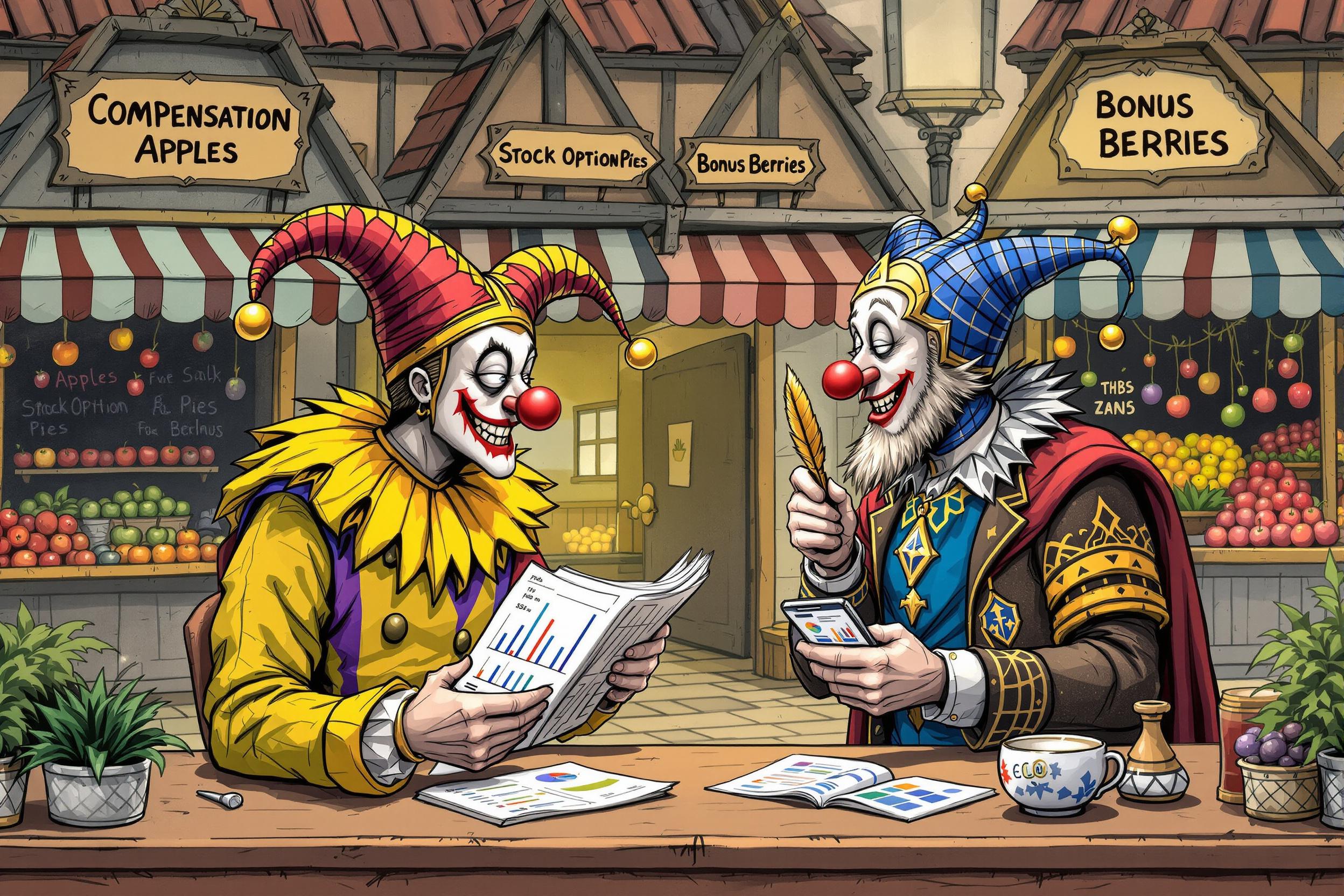
Hammer Price
A Hammer Price is the final selling price of an item at auction, excluding any additional fees or commissions. It's called this because it's the price at which the auctioneer's hammer falls to end the bidding. When looking at resumes in the auction industry, this term indicates experience with final sales, price determination, and auction processes. You might also see it referred to as the "winning bid" or "final bid price." Understanding hammer prices is crucial for auction house staff as it relates directly to sales performance, market analysis, and revenue tracking.
Examples in Resumes
Managed auctions with total Hammer Price values exceeding $5 million annually
Analyzed historical Hammer Prices to develop accurate pre-sale estimates
Achieved record Hammer Price results for contemporary art sales
Successfully tracked and reported on Final Bid Prices for quarterly performance reviews
Typical job title: "Auction Specialists"
Also try searching for:
Where to Find Auction Specialists
Professional Networks
Industry Resources
Example Interview Questions
Senior Level Questions
Q: How do you determine accurate pre-sale estimates based on historical hammer prices?
Expected Answer: A senior candidate should explain the process of analyzing past sale results, market trends, condition reports, and comparable items to establish realistic price ranges that will attract both buyers and sellers.
Q: Describe a situation where you had to explain a significant difference between estimate and hammer price to a client.
Expected Answer: Should demonstrate strong client communication skills, market knowledge, and ability to explain market fluctuations and pricing factors in simple terms.
Mid Level Questions
Q: What factors can affect the hammer price of an item?
Expected Answer: Should mention condition, provenance, market demand, current trends, competition between bidders, and effective marketing of the item.
Q: How do you track and analyze hammer prices for department performance?
Expected Answer: Should explain methods of recording sales data, comparing results across different auctions, and using this information for future estimates and reporting.
Junior Level Questions
Q: What is the difference between hammer price and buyer's premium?
Expected Answer: Should explain that hammer price is the winning bid amount, while buyer's premium is the additional fee charged by the auction house on top of the hammer price.
Q: How do you record and verify hammer prices during an auction?
Expected Answer: Should describe basic auction procedures for recording final bids, double-checking amounts, and entering data into the auction house's system.
Experience Level Indicators
Junior (0-2 years)
- Basic understanding of auction procedures
- Recording hammer prices accurately
- Assisting with auction preparation
- Basic client communication
Mid (2-5 years)
- Analysis of past hammer prices
- Setting accurate estimates
- Managing auction records
- Client relationship management
Senior (5+ years)
- Advanced market analysis
- Strategic pricing decisions
- Team leadership and training
- High-value client negotiations
Red Flags to Watch For
- Inability to explain the difference between hammer price and total sale price
- Lack of experience with auction management software
- Poor understanding of market value assessment
- No knowledge of auction house procedures and terminology
Related Terms
Need more hiring wisdom? Check these out...

The Hidden Art of Salary Negotiation: How to Win Hearts Without Going Broke

When Hiring from Competitors: Goldmine or Landmine?

Cutting HR Costs Without Sacrificing Quality: A How-To for Savvy Executives

